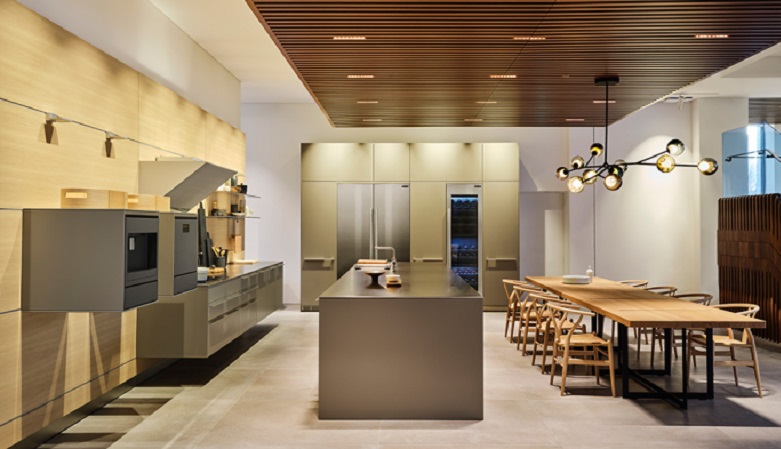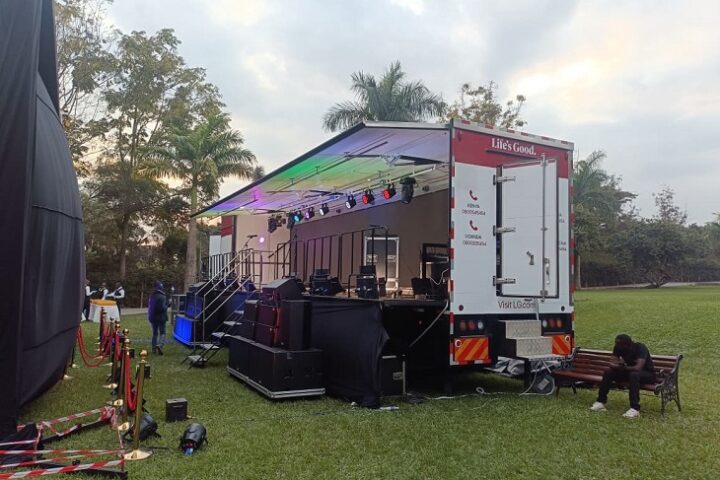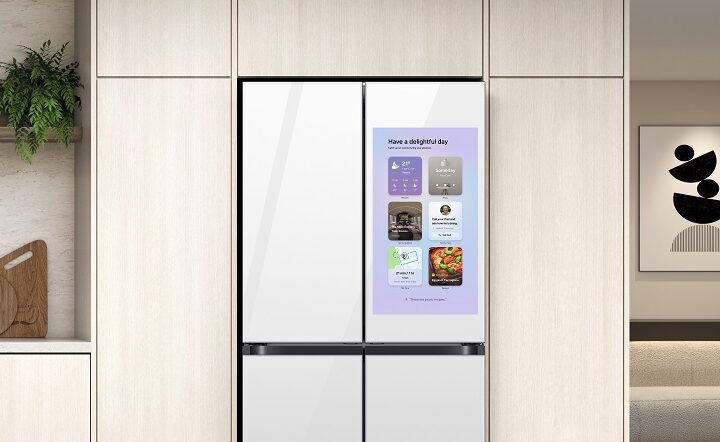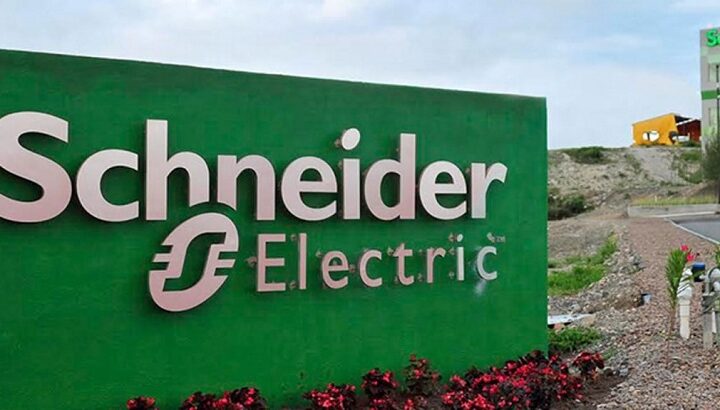House hunting is the bane of many urban residents’ lives. Trudging from estate to estate, neighborhood to neighborhood, and going up and down stairs is not fun for anyone. More often than not, all that hassle is just to walk around underwhelming, yet seemingly overpriced houses, wondering when the pain will just stop.
Even when you walk into the houses that are gleaming on the outside, with fancy, large, and well-finished living rooms, the kitchens still look dreary and cramped. You stand there in this tiny room, wondering just how you are expected to fit all your appliances and have some counter space left over to cut up the vegetables and knead the chapati dough when you cook.
To many, these tiny kitchens stand as a reminder to work hard and build their own houses where they will do better. And that is possible, especially for the people who keep their ear to the ground listening for the best and most efficient trends in home design.
The world is running away from the “four walls and nothing else” approach of building kitchens. Now, homeowners and renters want kitchens that fit into the modern functional aesthetic of open spaces, pristine countertops, and loads of storage. This includes cleverly integrating everything into the design and not having things tacked on as additions later.
Built-in appliances are the present and the future. Their integration in Kenyan homes aligns with global trends in kitchen design, emphasizing seamless aesthetics paired with functionality. Furthermore, the concept of the “invisible kitchen” where appliances blend with cabinetry to create a cohesive look is gaining traction all over for minimizing visual distractions and allowing the kitchen to merge with living spaces.
In Kenya, real estate developers are slowly catching up, incorporating state-of-the-art kitchen appliances into residential projects to add value and appeal to potential customers.
To match this, appliance manufacturers are now turning to sleek, yet minimalist designs that fit in a variety of kitchens, whether they are contemporary, cottage style, galley, or even industrial design.
However, built-in kitchens are not only a matter of style and aesthetics; they are changing the interaction between people and their homes. A stand-alone oven may take up space in the kitchen, while a built-in one disappears into the background until it is needed. It changes how cooks move around their kitchens and, considering cooking is often a communal activity, who can join in the fun.
The advantages of built-in appliances also include environmental consciousness. With modern design and technology, manufacturers are creating appliances that are not only beautiful and integrated but also energy efficient. In the past, energy-saving features were seen as optional extras. Today, they are central to purchasing decisions.
The impact of these developments extends beyond individual homes. Developers who offer high-quality integrated appliances enjoy a competitive advantage, signaling modernity and sophistication to prospective buyers and renters. Homes with built-in appliances attract better selling and rent prices because, for residents, the benefits are clear – less clutter, easier cleaning, and a living environment that feels intentionally designed rather than pieced together.
The future of urban housing is likely to continue in this trajectory, where compact and efficient living is a sustainable response to the changing realities of urban growth. While once viewed primarily as styling upgrades, built-in appliances are now being considered essential tools for modern living.
Technology will continue to drive this evolution. As smart home ecosystems become more widespread, appliances will integrate more deeply into digital living networks, allowing homeowners to control their ovens, fridges, and dishwashers from their phones.
In this changing landscape, companies like LG, which blend innovation, design, and sustainability, will play an important role in shaping how Kenya’s urban population lives. The rise of built-in kitchens is definitely about more than just cooking; it reflects a broader shift towards thoughtful, efficient, and future-ready urban homes.
Related Content: LG Launches 2025 QNED Evo TV Lineup With Enhanced Visuals And True Wireless
By Jane Kariuki, the Head of Marketing at LG Electronics East Africa













